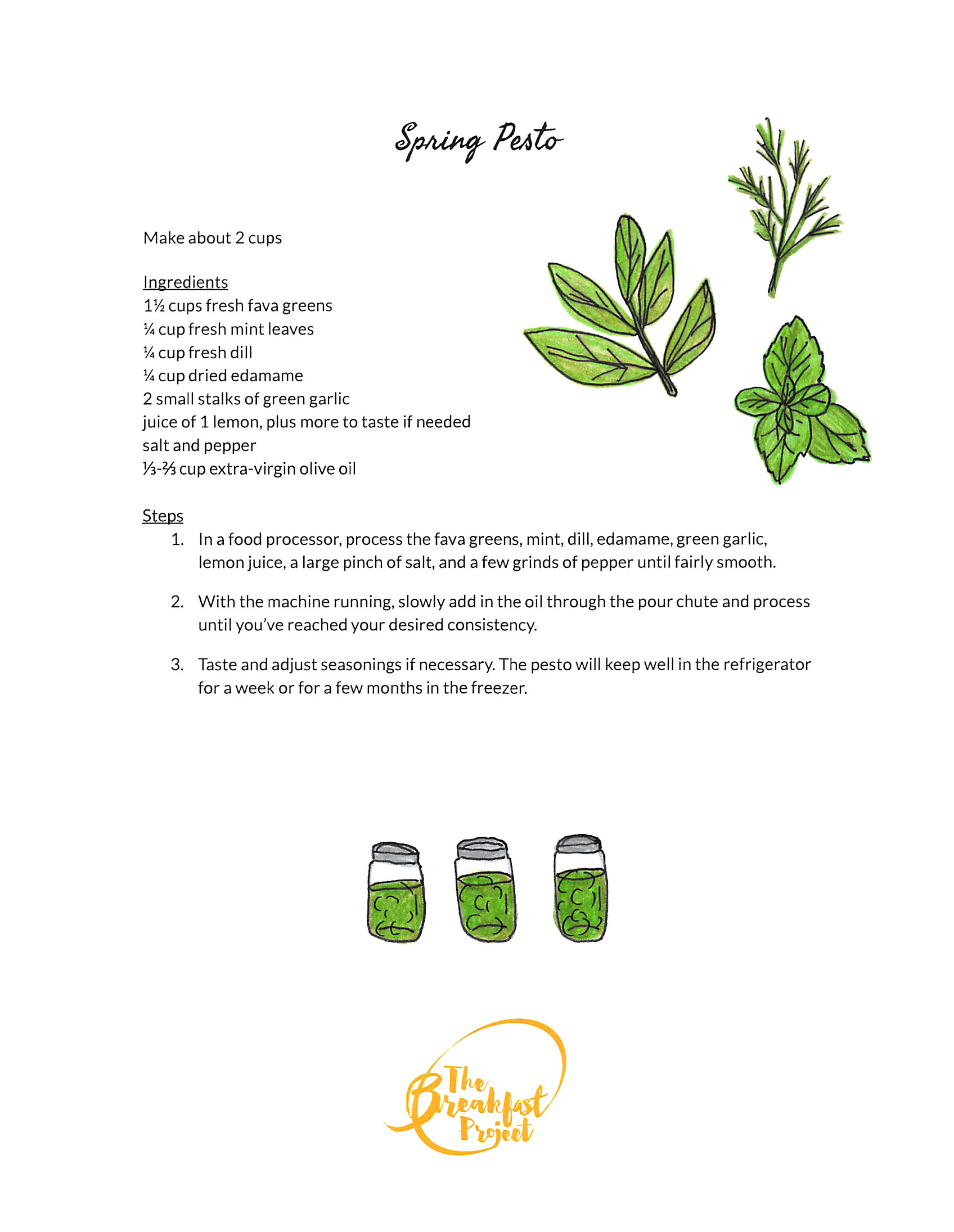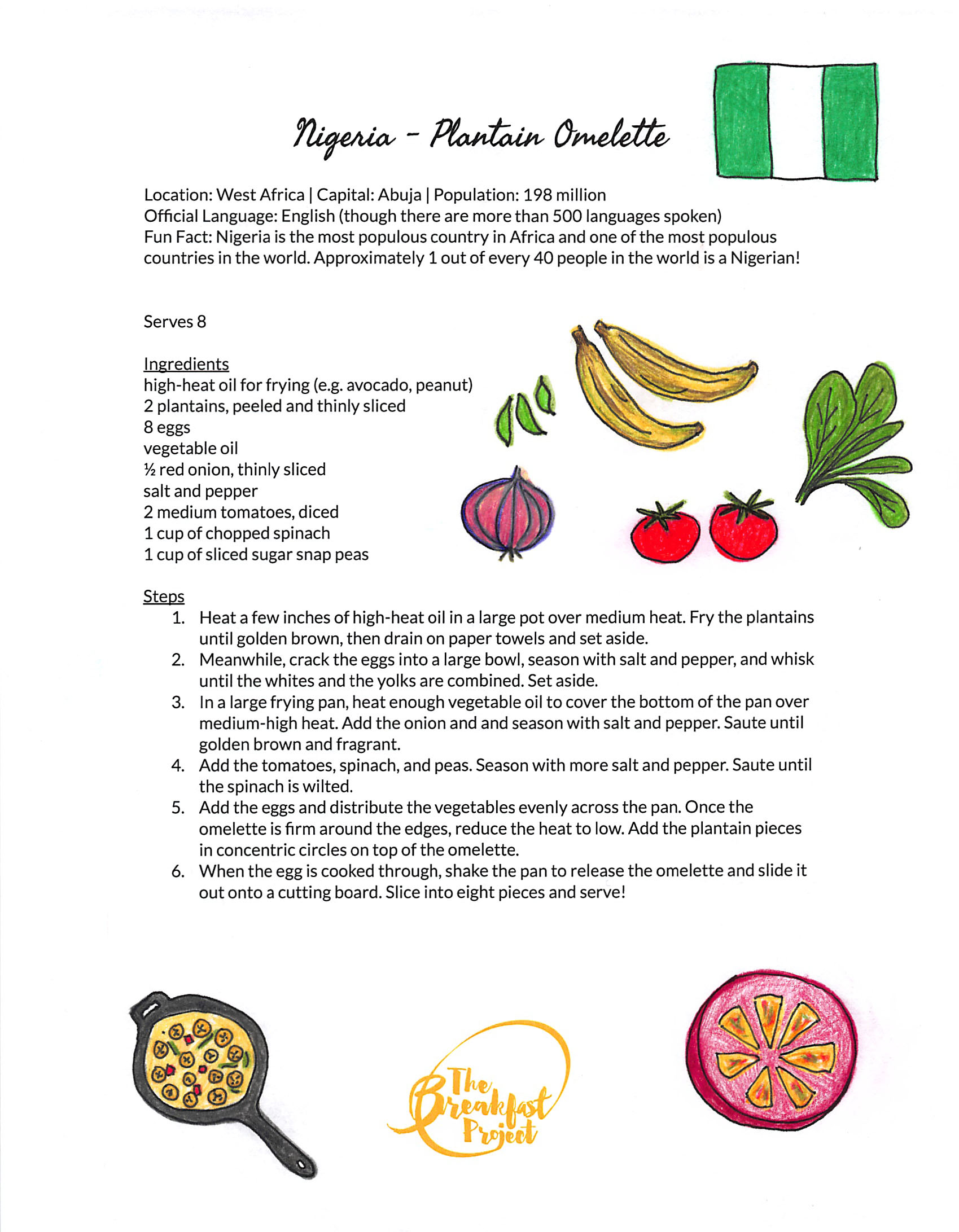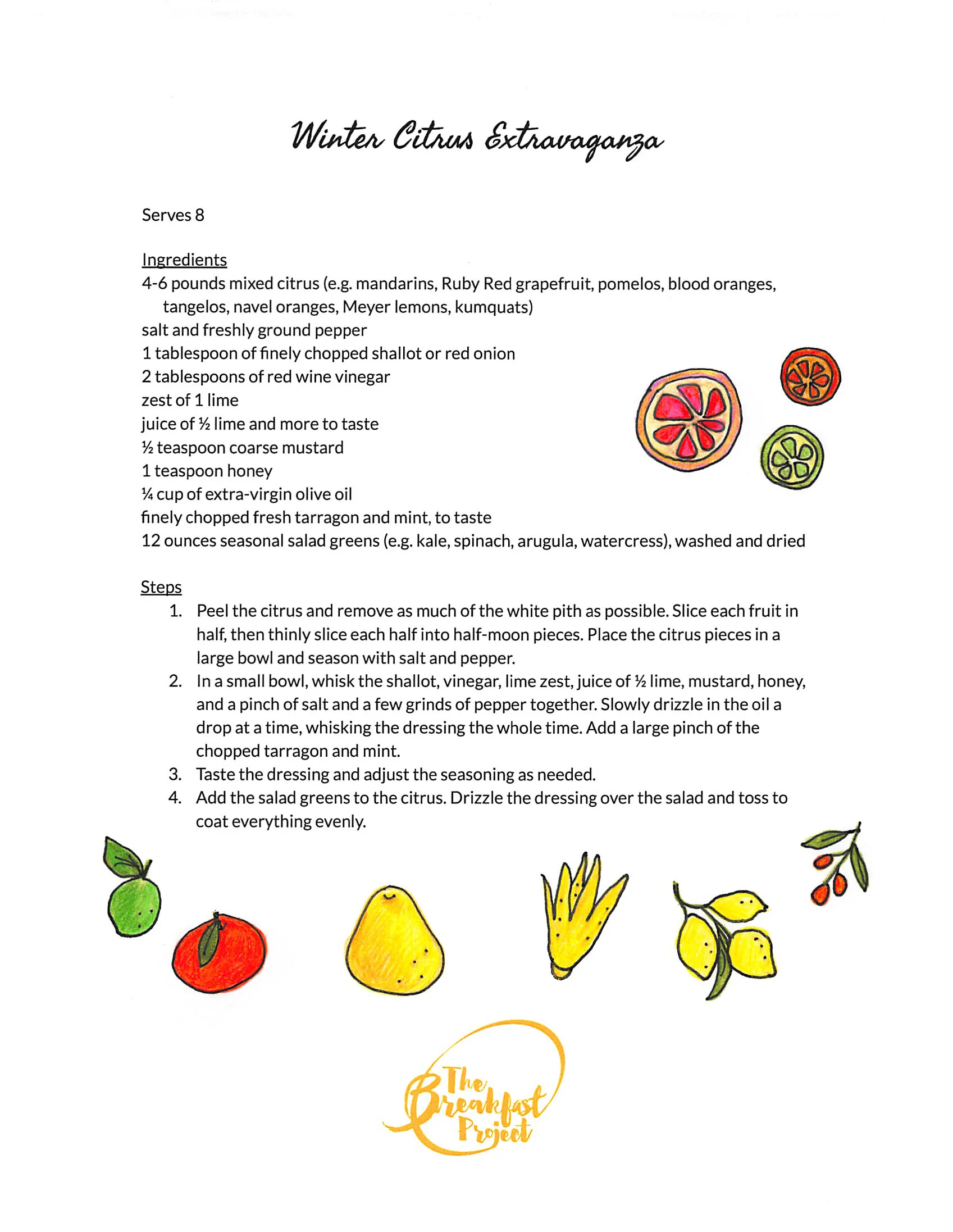It was fun to get back into action this week after the spring break. We made a traditional breakfast from China that has many names: zhou and xifan in Mandarin, jook in Cantonese, and congee, which comes from a Tamil word. I grew up eating xifan every Saturday morning when my grandmother would cook all the leftover rice from the week into a hot porridge that we ate with cucumber pickles, pickled mustard, and a dried pork product the internet tells me is called “pork floss” or “meat wool” in English. The students would have inevitably laughed a lot if I had known to share this with them!
The zhou is very easy to make, but plan ahead as the porridge takes time to break down and develop the desired ratio of rice to water. We had the pot going by 8am when the kids arrived, so they got to work on various toppings to serve with the porridge when it was ready. They stir-fried bok choy with garlic and ginger in our new cast-iron woks (thank you, District 8 participatory budgeting process!), made cucumber pickles for the next day’s class, chopped braised tofu, grated ginger, plucked cilantro leaves, and sliced green onion. We also had goji berries, white pepper, sesame oil, soy sauce, and chili oil as garnishes. No two bowls were the same when we sat down to enjoy the meal together.































































































































































































































































































